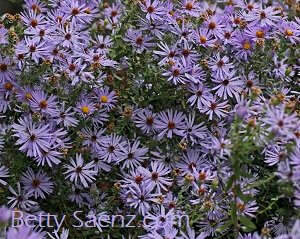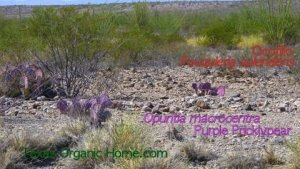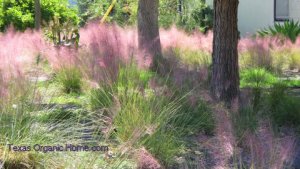 Fall Aster
Fall Aster
The Fall Aster (Symphiotricum oblongifolium) adds a seasonal splash of color when many garden flowers are beginning to fade. The fall aster’s nectar attracts bees and butterflies to spread its pollen in autumn.
While Fall Asters may appear simple and plain during the spring and summer with its green foliage, they burst into purple ray flowers with yellow centers in September. The blooms of the Fall Aster resemble little blue and purple stars bursting into bright colors. In addition to providing food for nectar feeding insects, the Fall Aster is often a home for the Pearl Crescent butterfly (Paycides thares) as it grows from a larva.
Homeowners often make the mistake of cutting them back at the end of summer – you will miss out if you do. In fact, Fall Asters need very little maintenance once they are established. If you wait until the plants have died back for the winter and trim down to the woody stems, they should be fine.
Another big benefit for Central Texas is the aster’s drought tolerance once established. They can tolerate both dry to moist, well drained soil. It can also tolerate a variety of soil types, and has been suggested for use as a ground cover.


